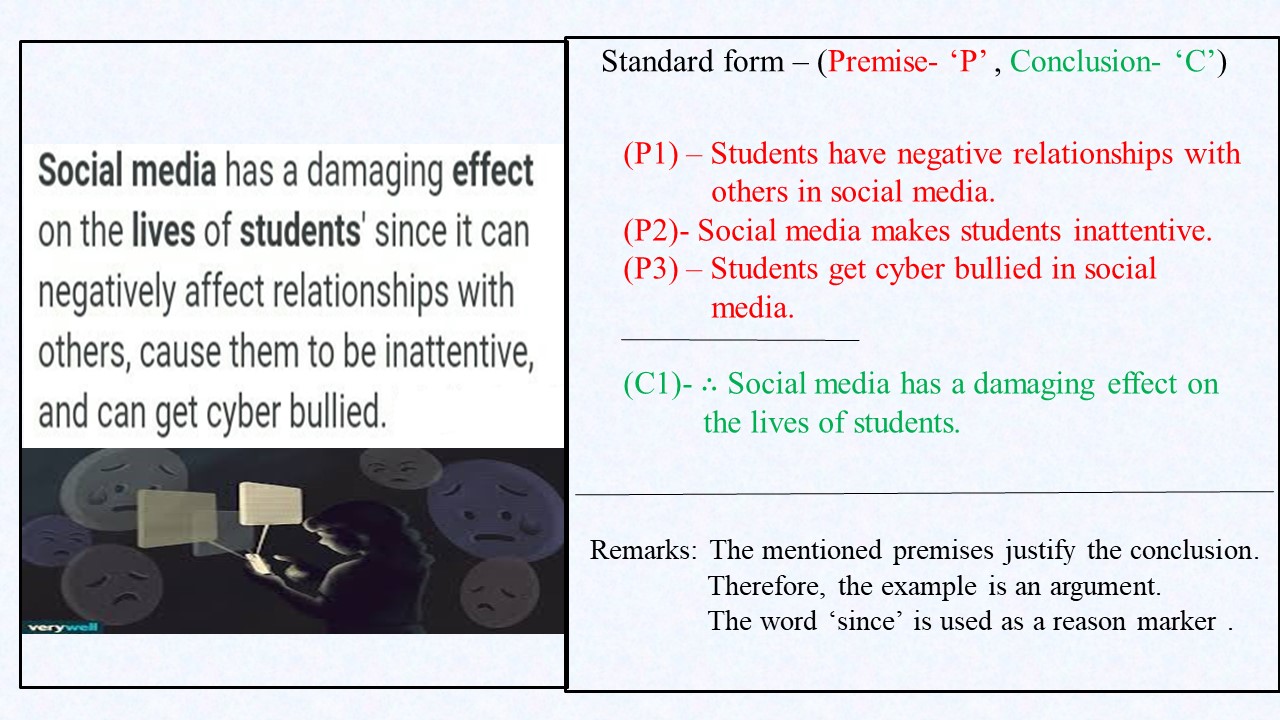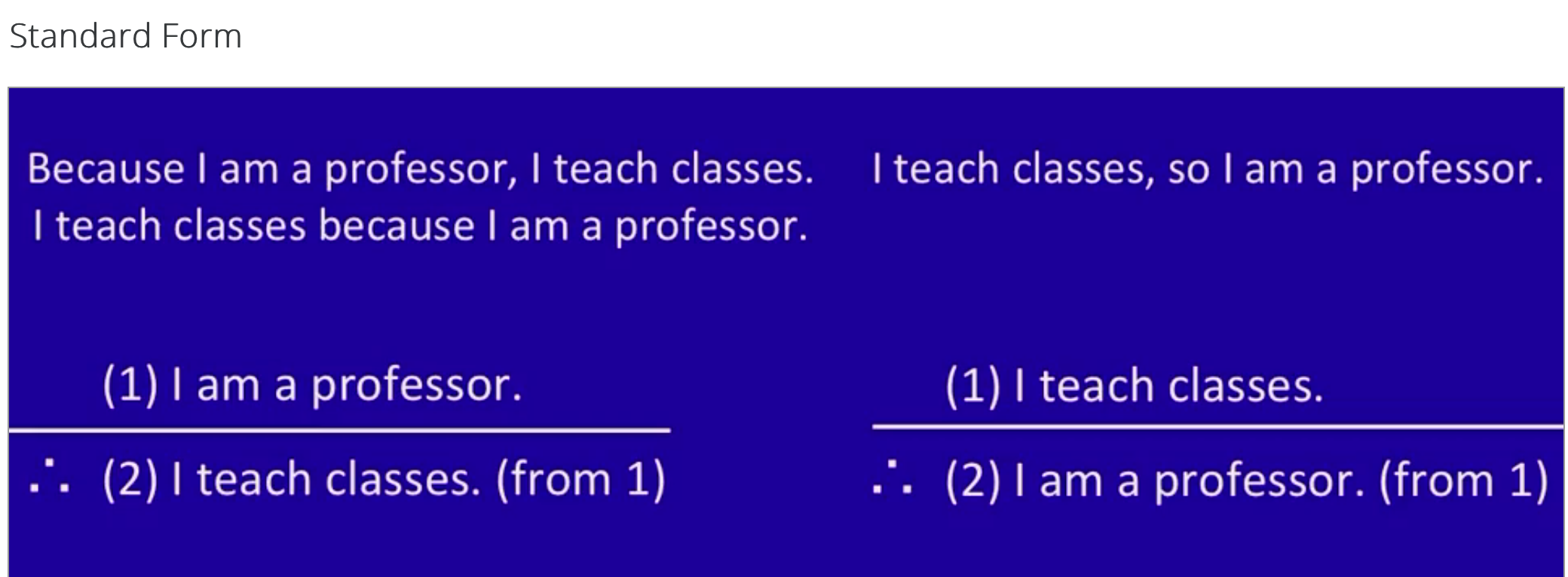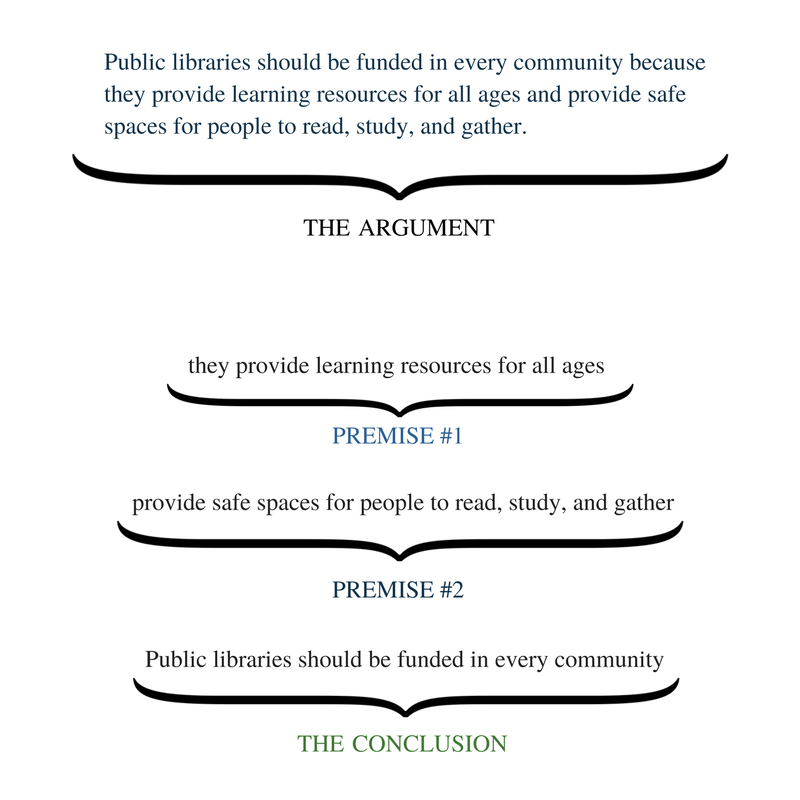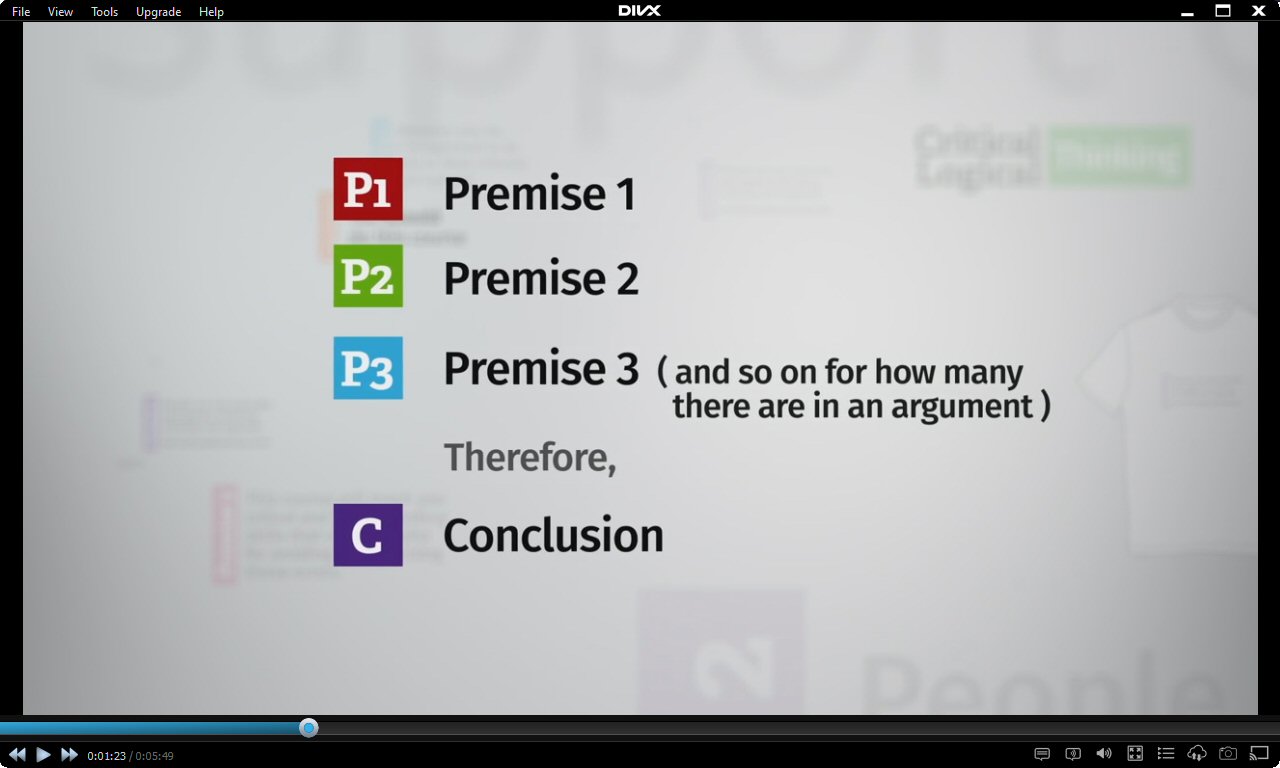How To Form An Argument
How To Form An Argument - For our purposes, an argument has three basic parts, and, if you want to get full credit in a persuasive speech or essay, you will address each one. Web creating arguments consists of bringing together evidence, reasoning and claims and developing your own main claim. Web how to do it. The thesis of successful argumentative writing is typically supported by points such as. Web how to build an argument. Your argument is the message you want your reader to remember when they finish reading. Keep it simple keep your argument concise. In order for your argument to be persuasive, it must use an organizational structure that the audience perceives as both logical. Web to put an argument in standard format, first identify which statement is the conclusion and which statements are premises that are supposed to support the. An argument is a reasoned way of presenting a specific issue or idea.
Use empirical evidence—facts and statistics—to support your. Web how to do it. Web writing an argument can require you to create a claim called a thesis. Web when you develop your argument, you are confirming your own position, and building your case for the readers. The basic structure of an argument at its most basic, an argument is a conclusion that follows logically from a set of premises. Web the best way to identify an argument is to ask whether a claim exists (in statement form) that a writer justifies by reasons (also in statement form). When writing an essay, you need to set up a clear argument in. Types of arguments 2.1 deduction 2.2 induction 2.3 abduction 2.4 analogy 2.5 fallacies 3. Keep it simple keep your argument concise. The thesis of successful argumentative writing is typically supported by points such as.
The basic structure of an argument at its most basic, an argument is a conclusion that follows logically from a set of premises. This stance, claim, or take is your contribution to the current conversation on your topic and provides. The thesis of successful argumentative writing is typically supported by points such as. I like about.com’s explanation of the two:2 or, in other words: Arguments are claims backed by reasons that are supported by evidence. Your argument is the message you want your reader to remember when they finish reading. There are five highly relevant characteristics of argument: Use empirical evidence—facts and statistics—to support your. Web to put an argument in standard format, first identify which statement is the conclusion and which statements are premises that are supposed to support the. Web creating arguments consists of bringing together evidence, reasoning and claims and developing your own main claim.
Skeleton Argument Draft Costs In English Law Summons
Arguments are claims backed by reasons that are supported by evidence. Web an academic argument is your stance, your claim, or your take on your topic. Web the best way to identify an argument is to ask whether a claim exists (in statement form) that a writer justifies by reasons (also in statement form). Web writing an argument can require.
Arguments in Philosophy
Web to put an argument in standard format, first identify which statement is the conclusion and which statements are premises that are supposed to support the. Web writing an argument can require you to create a claim called a thesis. For our purposes, an argument has three basic parts, and, if you want to get full credit in a persuasive.
03110 Reconstructing Arguments in Standard Form YouTube
Web the best way to identify an argument is to ask whether a claim exists (in statement form) that a writer justifies by reasons (also in statement form). An argument is a reasoned way of presenting a specific issue or idea. Keep it simple keep your argument concise. The truth of the premises is supposed to. Arguments are claims backed.
Argument Forms PDF
Web how to build an argument. The first step in creating a convincing argument is to decide exactly what. Web there are two main types of argument: Your argument is the message you want your reader to remember when they finish reading. Web creating arguments consists of bringing together evidence, reasoning and claims and developing your own main claim.
Week 2 Think Again, How To Understand Arguments
I like about.com’s explanation of the two:2 or, in other words: There are five highly relevant characteristics of argument: The thesis of successful argumentative writing is typically supported by points such as. Almost all good essays focus on a single powerful idea, drawing in every point made back to that same idea so that even. The first step in creating.
Argument Essentials for ENGL121
Web there are two main types of argument: Web how to do it. Keep it simple keep your argument concise. A premise is an idea or fact,. In order for your argument to be persuasive, it must use an organizational structure that the audience perceives as both logical.
5.07 Good Arguments (Valid Argument Forms 2) YouTube
Use empirical evidence—facts and statistics—to support your. Almost all good essays focus on a single powerful idea, drawing in every point made back to that same idea so that even. Web writing an argument can require you to create a claim called a thesis. For our purposes, an argument has three basic parts, and, if you want to get full.
Acts of Leadership Argument standard form
Web there are two main types of argument: An argument is a reasoned way of presenting a specific issue or idea. Your argument is the message you want your reader to remember when they finish reading. Web how to build an argument. This stance, claim, or take is your contribution to the current conversation on your topic and provides.
03302 Logic Form Valid Arguments More Examples YouTube
Web writing an argument can require you to create a claim called a thesis. Web how to form a written argument step 1: Web creating arguments consists of bringing together evidence, reasoning and claims and developing your own main claim. An argument is a reasoned way of presenting a specific issue or idea. Arguments are claims backed by reasons that.
Argument Forms
The thesis of successful argumentative writing is typically supported by points such as. Web how to do it. There are five highly relevant characteristics of argument: A premise is an idea or fact,. Web to put an argument in standard format, first identify which statement is the conclusion and which statements are premises that are supposed to support the.
Use Empirical Evidence—Facts And Statistics—To Support Your.
An argument is a reasoned way of presenting a specific issue or idea. Arguments are claims backed by reasons that are supported by evidence. Web an academic argument is your stance, your claim, or your take on your topic. Web how to build an argument.
This Stance, Claim, Or Take Is Your Contribution To The Current Conversation On Your Topic And Provides.
Web when you develop your argument, you are confirming your own position, and building your case for the readers. Web how to form a written argument step 1: The thesis of successful argumentative writing is typically supported by points such as. The basic structure of an argument at its most basic, an argument is a conclusion that follows logically from a set of premises.
Your Argument Is The Message You Want Your Reader To Remember When They Finish Reading.
Web how to do it. Almost all good essays focus on a single powerful idea, drawing in every point made back to that same idea so that even. Web how can i effectively present my argument? Web the best way to identify an argument is to ask whether a claim exists (in statement form) that a writer justifies by reasons (also in statement form).
Ad Browse & Discover Thousands Of Reference Book Titles, For Less.
Web creating arguments consists of bringing together evidence, reasoning and claims and developing your own main claim. Keep it simple keep your argument concise. For our purposes, an argument has three basic parts, and, if you want to get full credit in a persuasive speech or essay, you will address each one. Web to put an argument in standard format, first identify which statement is the conclusion and which statements are premises that are supposed to support the.









